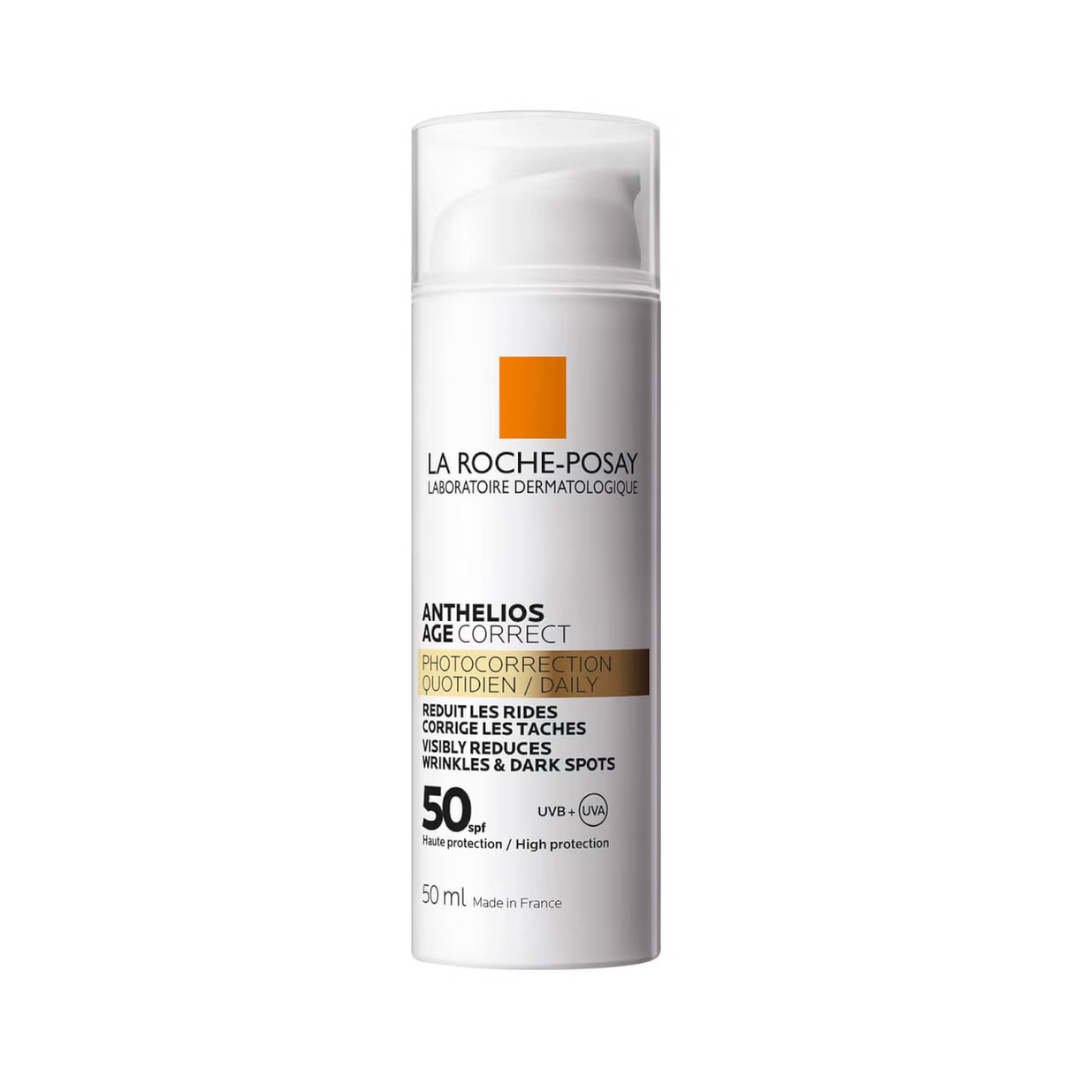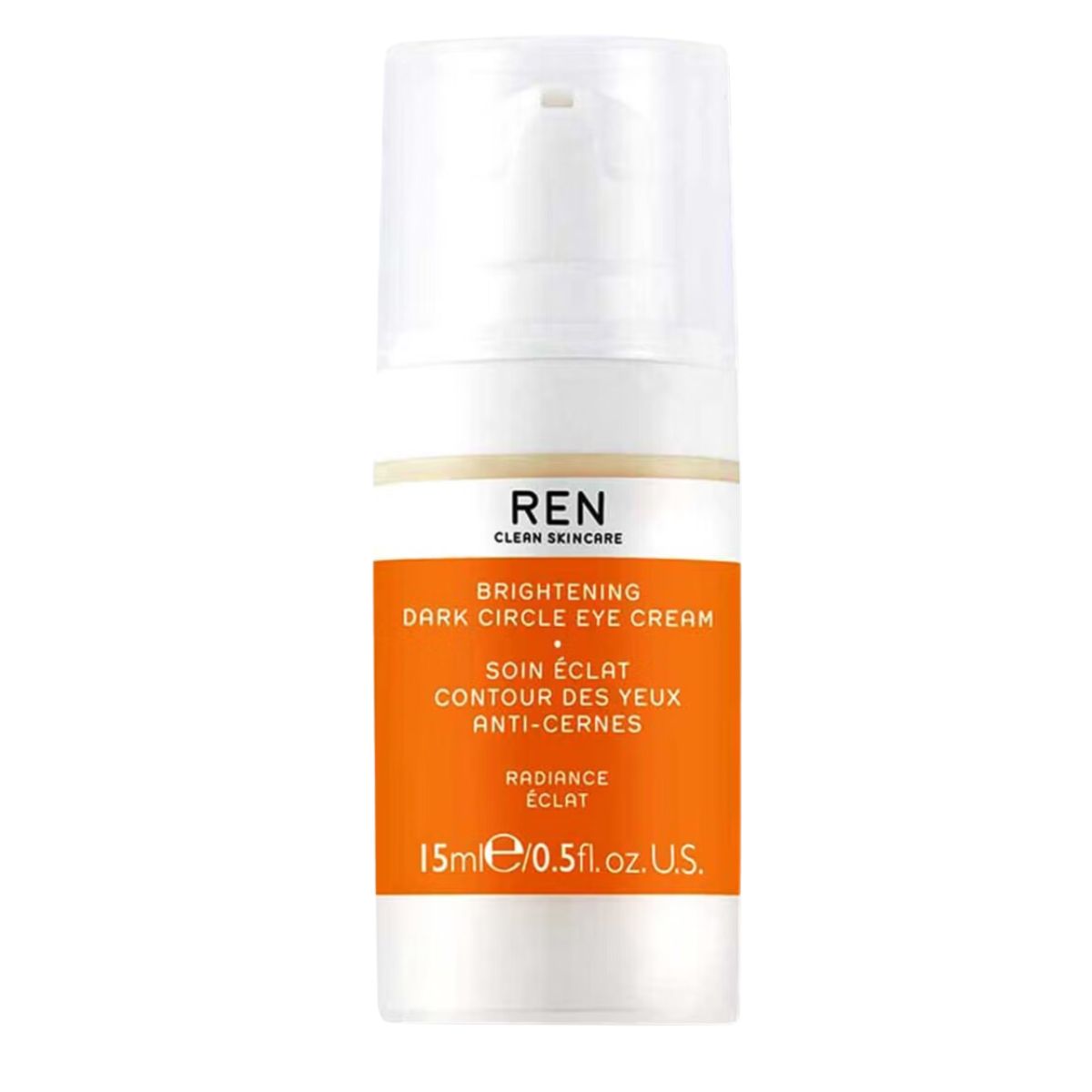From pigmentation to dryness, experts agree that our skin isn't its best at this time of year—but this post-summer skincare routine will restore your glow for autumn
This way for healthy, luminous skin


While the end of summer might be sad for some, as a person that thrives in the colder weather, I have spent the last few weeks embracing the transition to autumn by making a few seasonal switches at home. In my wardrobe, the flowy dresses and linen trousers have been stashed away to make room for cosy knitwear and chunky boots. And my wardrobe isn’t the only place that has had an autumnal makeover, my beauty stash has enjoyed one too. You see, my skin is looking less than its best after the warmer months. The hotter weather and increased exposure to the sun has left my usually oily skin feeling pretty dry and parched, and I’ve noticed a few patches of pigmentation have become more prominent over the last few weeks too. And I’m not alone.
“Sun-related damage, including dull skin, fine lines and wrinkles, dark spots, and other pigmentation issues like melasma, are common concerns that people seek support for post-summer,” explains Dr Shendy Engelina, Dermatica Consultant Dermatologist and Clinical Service Lead. Of course, a lot of damage can be prevented to our skin by making sure that we apply a facial sunscreen daily—something which is even more imperative during the summer months. And, while I apply it without fail every morning, I’ll be the first to admit that my reapplication of my SPF during the day needs a lot to be desired. So, has the damage already been done? “If you’re dealing with sun damage or pigmentation after the warmer months then there are effective ways to protect and improve your skin,” says Dr Shendy. “And the good news is that even if you already have sun damage, you can still prevent further harm and enhance your skin's appearance with the right routine.”
Ahead, I caught up with two skincare experts—Dr Shendy Engelina and Oculoplastic Surgeon Dr Elizabeth Hawkes—to break down exactly what happens to our skin during the summer months and the best ingredients to can help target sun damage, pigmentation and dryness ahead of autumn. Keep scrolling for the ultimate post-summer skincare routine.
1. Start with sun protection
It should go without saying but, if you aren’t already using an sun protection in your skincare routine, then take this as your reason to start. I apply one every single morning, but I still have pigmentation on my skin—some because of things like pregnancy, but some because of not wearing sunscreen as often as I should as a teenager and in my early 20s. And just because we’re now heading into autumn doesn’t mean that now isn’t the time to start wearing one.
“Always wear a broad-spectrum sunscreen with at least SPF 30 and a 4-star UVA rating every day, regardless of the weather, whether it's sunny, overcast, or raining,” says Dr Shendy. “Ultraviolet (UVA and UVB) rays can penetrate clouds and windows, so using sunscreen, protective clothing, and seeking shade during peak sunlight hours (11 a.m. to 4 p.m.) is essential.”
2. Boost hydration levels
As someone prone to spots and excessive sebum levels, I’ve been surprised at how dry and uncomfortable my skin feels after the summer. Therefore, a main part of my post-summer skincare routine has been focused on rehydrating my skin, strengthening my skin barrier and restoring moisture levels—as all healthy skin starts when both of these things are in good order. Dr Shendy recommends introducing a few different ingredients into your skincare routine to improve hydration, all of which are well-tolerated by all skin types.
Hyaluronic Acid
“Hyaluronic acid is brilliant as it penetrates multiple layers of the epidermis, delivering intense moisture and creating an overall plumping effect,” says Dr Shendy. She recommends seeking out a hyaluronic acid with a formula that contains “varying molecular weights of hyaluronic acid” which will really enhance its ability to penetrate the skin and deliver those moisturising benefits.
Celebrity news, beauty, fashion advice, and fascinating features, delivered straight to your inbox!
Ceramides and glycerin
Ceramides are naturally occurring fats or lipids found within our skin, which help to moisturise and strengthen the skin barrier, but our ability to produce this naturally decreases as we grow older. Dr Shendy suggests switching to a moisturiser containing ceramides and glycerin, which help to relieve dryness, thanks to their efficacy at “locking in moisture”.
3. Look after your eyes
Personally, the biggest change to my skin post-summer is that a small patch of pigmentation beneath my left eye is beginning to look a lot more prominent, and fine lines around my eyes are really starting to become more defined. So as someone that doesn’t love wearing sunglasses all the time (they make me feel weirdly disconnected from the rest of the world) I was interested to learn that Dr Elizabeth Hawkes really recommends us all wearing a big pair to look after our eyes. “Oversized glasses are beneficial for protecting the skin that surrounds the eye area in order to prevent sun damage, which can cause premature ageing and ‘crow’s feet’ around the eyes, as well as of course posing the risk of causing skin cancer. UV 400 protection is essential for eye health,” Dr Elizabeth confirms.
So what if, like me, you’ve been a bit lax with sunglasses over summer? “Too much sun exposure can cause the body to produce more melanin, the pigment that gives skin its colour. This excess melanin can be deposited under the eyes,” explains Dr Elizabeth. “Plus, sun damage can cause the skin to release additional melanosomes to protect the skin as it heals, which can also lead to dark circles.” And while injectables like polynucleotide and tear trough fillers are two of the treatments that Dr Elizabeth might use to counteract post-summer eye damage in clinic, she also recommends looking for a vitamin C eye cream to “neutralise free radicals, help your body repair damaged cells, and improve pigmentation”.
4. Try a retinoid
I dabble with retinol on and off throughout the year, but experts agree that post-summer it is one of the most effective ingredients are improving the appearance of your skin. “One of the most evidence-based treatments for repairing sun damage and pigmentation is prescription retinoids. These work by increasing skin cell turnover to shed dull, pigmented, and sun-damaged skin cells, and also by penetrating deeper into the skin to stimulate collagen production, improving skin tone and elasticity,” explains Dr Shendy. Tretinoin and adapalene, a potentially better choice for sensitive or acne-prone skin, can be prescribed by a dermatologist or via a personalised skincare plan from a service like Dermatica. However, over-the-counter retinol—a milder alternative—are also a great place to start.
5. Keep pigmentation in check
Having had acne since I was a teenager, I’m used to not having a totally clear and even complexion. However, while I’ve learned to manage and minimise my breakouts over the years, I’m surprised at how much of a hit my confidence has taken with the emerging pigmentation on my skin. As mentioned earlier, as a teeanger and young adult, I wasn’t very hot on my SPF wearing. In fact, I think that the only time I’d ever apply it to my face was if I was on a holiday abroad. These days, the signs are showing via some small patches of pigmentation near my eyes, but also the area above my upper lip can get quite dark and discoloured when it’s exposed to the sun—something which started when I was pregnant with my first child.
Luckily, there are some brilliant products on the market right now which are catered towards not only minimising the pigmentation that might already have emerged on your skin post-summer, but preventing more from occurring.

Mica Ricketts is a freelance beauty editor and contributor to Marie Claire. She has written for titles including Refinery29 and Who What Wear UK, and also works with beauty brands on content messaging and marketing copy. She was previously Who What Wear UK's beauty editor. As someone that has tried basically every acne product on the market, she has a particular passion for debunking skincare myths and finding products that work. Plus, with two small children at home she is all about time-saving beauty routines that boost glow and disguise dark circles.











